The coelacanth is a large fish that was thought to have gone extinct 65 million years ago. These fish are largely considered living fossils, and were around during the Late Cretaceous period while dinosaurs still roamed the earth.
These fish were re-discovered in 1939 after being caught in a net off the coast of South Africa and sold in a fish market. There are two known species of coelacanth, the West Indian Ocean and Indonesian. Read on to learn about the coelacanth.
Description of the Coelacanth
These creatures have a number of distinguishing features that make them easily distinguishable from other fish species. Their caudal, or tail, fin is split into three individual sections known as lobes. They have a large middle lobe, and two smaller lobes above and below. They are quite large, and can grow to well over six feet long and 200 pounds! To see in the deep sea, they are equipped with a large pair of eyes.
Interesting Facts About the Coelacanth
These incredibly interesting deep-sea creatures truly are a scientific marvel. Though lost for 65 million years, their rediscovery has led to lots of research and understanding of the development of terrestrial life from fish.
- What’s in a Name – The name coelacanth (SEEL-uh-kanth) comes from the Latin word Coelacanthus, which means “hollow spine.” This name is derived from their unique caudal fin spines that are completely hollow. Their genus name, Latimeria is a commemoration of the scientist Marjorie Courtenay-Latimer who rediscovered them in 1939.
- The Missing Link? – When fossils were discovered, these fish were suspected to be the link between fish and land animals. They are lobe-finned fish, and the development of limbs came from similar structures to their unique fins. After its rediscovery, scientists were able to sequence the genome and discovered that lungfish are more closely related to terrestrial vertebrates.
- Living Fossil – After the initial rediscovery, the second species of coelacanth wasn’t discovered until 1997. That’s 58 years later! In 1998, the first living specimen was captured and studied for 6 hours before its death. As a deep-sea creature, they do not survive near the surface for long periods.
- Fathead – These creatures have incredibly tiny brains. The vast majority of their brain case, the part of the skull that contains brain tissue, is filled with fat. In fact only 1.5% of the cranial cavity contains actual brain!
Habitat of the Coelacanth
These fish reside in the depths of the ocean. Their primary habitats are underwater caves and crevices from 100 to 500 meters deep. They prefer cooler waters, which slow their metabolism down reducing their energy costs. The underwater composition of volcanic islands provides a perfect habitat for these fish.
Distribution of the Coelacanth
While there may be other populations that have not been discovered, current population distributions are divided between the coast of east and South Africa, and Indonesia. In the African population they have been found off the coasts of Kenya, South Africa, Madagascar, Comoros, Tanzania, and Mozambique. In Indonesia they are found primarily in the Sulawesi Sea and Celebes Sea.
Diet of the Coelacanth
These fish are piscivores, this means that their primary prey are other fish species. As deep-sea fish, they feed on benthic species, which are species that live on or near the sea floor. They will eat a wide variety of fish, squid, and other cephalopods. Some common prey includes cuttlefish, lantern fish, cardinal fish, and squid.
These fish hunt using a method called passive drift, and it is one of the laziest ways to eat! Why swim after prey when you could just drift with the tide and eat anything that you happen upon?
Coelacanth and Human Interaction
We know very little about how humans are impacting coelacanths and their population numbers. It is believed that both species are in grave danger of extinction. The only direct cause of population decline that we know of at the moment is accidental captures while fishing for oilfish.
Continued population decline and accidental captures have caused scientists and government officials to begin designing Tanga Coelacanth Marine Park in an effort to protect important populations and their habitats.
Domestication
These fish have not been domesticated in any way.
Does the Coelacanth Make a Good Pet
No. It would be virtually impossible to capture, transport, care for, and keep a coelacanth alive as a pet.
Coelacanth Care
There have never been any coelacanths in aquariums. We know virtually nothing about what it takes to keep one of these fish alive in human care.
Behavior of the Coelacanth
During the day, coelacanths rest in underwater caves and crevices. This behavior allows them to conserve energy because they do not have to swim against any currents in protected caves. At night they drift in search of food before returning to caves again during the day. They are solitary while feeding, but will congregate in groups within caves.
Reproduction of the Coelacanth
We know very little about the reproduction methods of these fish. They are ovoviviparous, which means that fertilization happens inside the female’s body, she develops the eggs until they are fully formed, and then gives “live” birth. They have a gestation period of at least one year, possibly more. The young, called “pups,” are fully formed and self sufficient at birth.

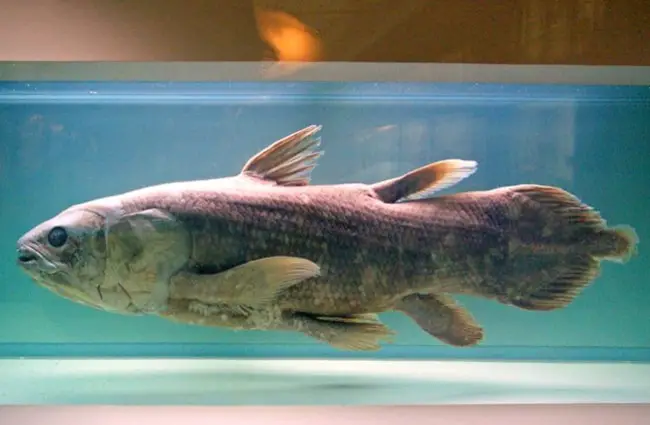
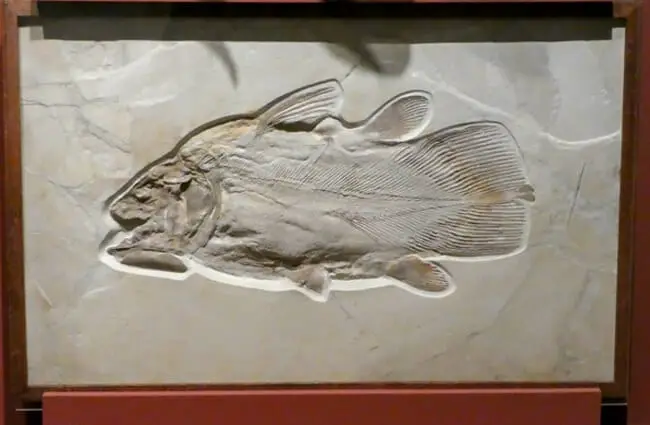

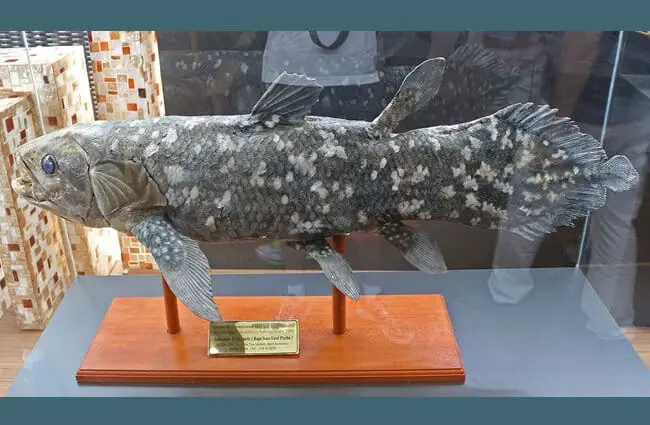
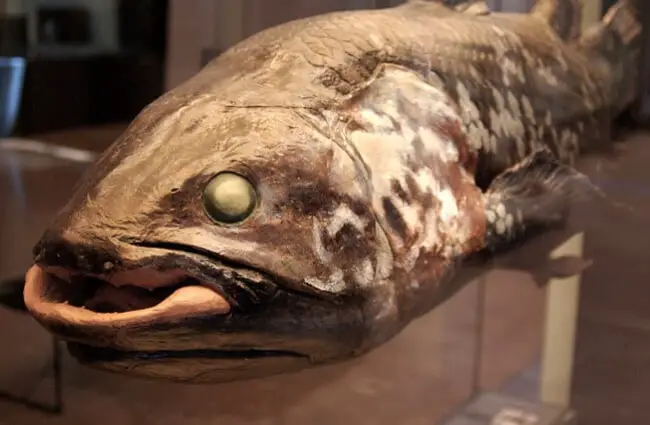
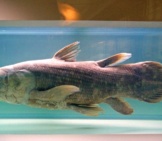

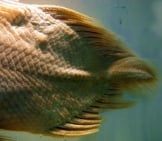


![Red Angus Closeup of a beautiful Red Angus cowPhoto by: U.S. Department of Agriculture [pubic domain]https://creativecommons.org/licenses/by/2.0/](https://animals.net/wp-content/uploads/2020/03/Red-Angus-4-238x178.jpg)












![Red Angus Closeup of a beautiful Red Angus cowPhoto by: U.S. Department of Agriculture [pubic domain]https://creativecommons.org/licenses/by/2.0/](https://animals.net/wp-content/uploads/2020/03/Red-Angus-4-100x75.jpg)

